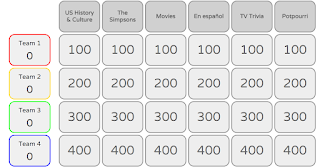I planned to lurk and that worked great for a bit. However, there were so many interesting thoughts and ideas coming out of this chat that I decided to just jump in. Again, I keep an eye to my own learning environments as I move through the #CLMOOC experience.

By the end of the chat, I needed some serious reflection time to sit (ala Pooh Bear) to think, think, think. Some of the items I took to ponder:
- How can we shake up the traditional introductions to have more depth, more interest, more engagement? CLMOOC used the #untro, yet I think my students need something a little less obscure.
- Is it better for students to be brought into creative (design thinking) gradually or thrown right into the "deep end of the pool"?
- Do students feel excluded or is there an inequity when some know how to approach a problem before others? How can our classrooms ensure all are comfortable trying, failing, succeeding, learning?
- What about students who meet a challenge with thinking that is solidly "in the box"? How to get them (can we) thinking along different avenues to find solutions?
- Can we build in better moments to pause and reflect? How best to do this in a Makerspace, for example?
This was great as I am really thinking about how to approach the new Makerspace next year to ensure it truly engages the students. I'm looking forward to sharing these questions with my co-workers!
The Storify for the chat is available
HERE.


























